Getting a bunch of skilled professionals in a single room to work together through a challenge can be the most effective way to achieve the desired outcome… but it can also be a great way to waste everyone’s time.
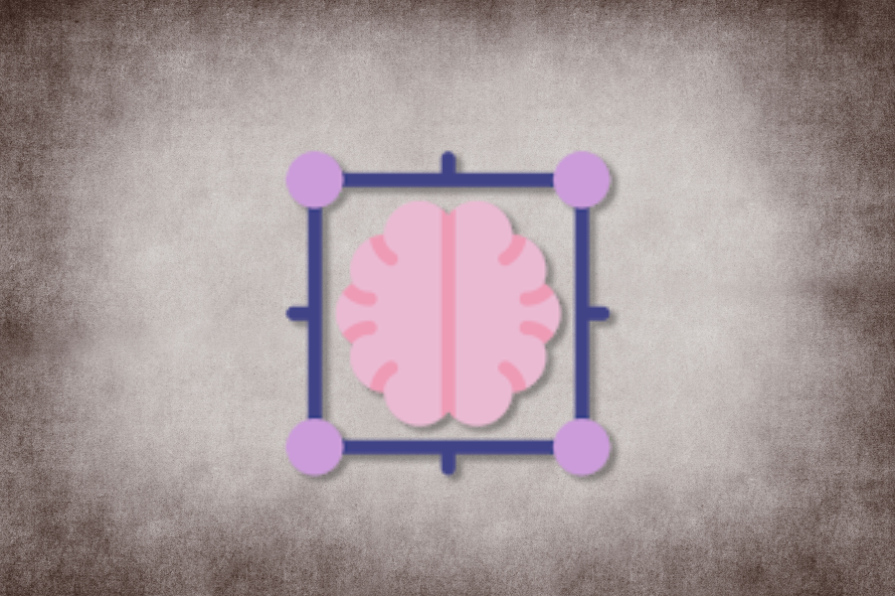
There’s a night and day difference between a well run workshop and a poorly led one. Great workshops move the whole team further. A poor workshop ends up burning through everyone’s time and energy.
That’s why you should always put extra effort into every workshop you facilitate. Luckily, AI can be a valuable tool in helping you maximize the benefits of your workshops.
In this article, I’ll cover a few areas where AI can help you run better workshops, along with specific prompt templates that you can simply copy and paste.
There are three main challenges that arise when creating an agenda for a workshop that truly delivers.
It’s easy to throw a few well-known exercises into an agenda and call it a day. But even the best and most battle-tested exercises won’t deliver if they’re done in the wrong order or don’t fit into the problem.
You need both time to share opinions, exchange knowledge, and challenge each other, as well as time for actually getting things done. Striking the right balance is always tricky.
As a PM, I’m sure you’ve had plenty of times where you either greatly under or over estimated the time you needed for a specific discussion. A perfect agenda can easily fall apart if the time is allocated poorly.
However, tools like ChatGPT can greatly assist you in navigating these challenges. Here are a couple of prompts that you might find interesting.
Prompt 1: When you’re starting from scratch
“I’m running a [length] workshop with [number] participants. The goal is to [main objective or two]. Suggest an agenda with optimal timeboxes for each activity (including intro, warm-up, ideation, voting, and wrap-up).”
This prompt will assist you with drafting your initial agenda. Then, you can follow up to further modify and optimize the schedule.
Prompt 2 and 3: Balancing discussion and exercises
“Take a look at the following workshop agenda. Do you think it strikes a good balance between discussion and exercises? If not, how would you modify it?”
This prompt is helpful in validating an existing agenda. You can even use it to validate an agenda that the AI just generated. Let the AI challenge itself:
“I’m running a [length] workshop with [number] participants. The goal is to [main objective or two]. What ratio of discussion to exercises do you think would be most optimal to achieve the workshop goal?”
If you are unsure whether to focus more on discussion or exercises, this prompt can help you decide.
Prompt 4 and 5: Defining timeboxes
“Take a look at the following workshop agenda. The cap for the workshop is [timebox]. How much time do you think we should spend on each block of the agenda? Do you think we should remove/add something?”
In a real-world scenario, the timeboxes will never be perfect, but I found that the AI-generated timeboxes represented reality more accurately than my assumptions:
“I’m running a [length] workshop with [number] participants. The goal is to [main objective or two]. How much time do you think we should invest in this workshop? Propose 2-3 options with cons and pros.”
If you have flexibility on the workshop’s duration, always ask for a few options. There’s never a single best length.
If something can be prepared in advance of the workshop, it should be. You don’t need 10 people watching when you build a draft of a persona or user story map.
Even if you don’t have all the needed information yourself, work with participants asynchronously before the workshop. It’s much more time-efficient.
Say your workshop agenda is to develop an MVP of a solution for a particular user. You want to jump straight into it, without spending 40 minutes recapping who the user is.
Ask every participant to:
Then, ask AI to consolidate all this information. If there are any discrepancies or conflicting insights, it’s okay to discuss these during the actual workshop; however, most of the heavy lifting should be done beforehand.
Prompt 6: Preparing artifacts
“I’m preparing for a workshop on [theme/objective]. I’d like to use [artifact] during the workshop. Use the following resources to create one in [format]. Mark any discrepancies or conflicting insights.”
In our example, it would be “I’m preparing for a workshop aiming to create a solution for a particular user type. I’d like to use a user persona during the workshop. Use the following resources to create one in Figjam. Mark any discrepancies or conflicting insights.”
Repeat for all the other artifacts you might need.
Many workshop exercises include some form of “dummy work” — a type of work that’s necessary to move forward but doesn’t add any new value. That’s an ideal task to delegate to AI.
Affinity mapping is a perfect example of that:
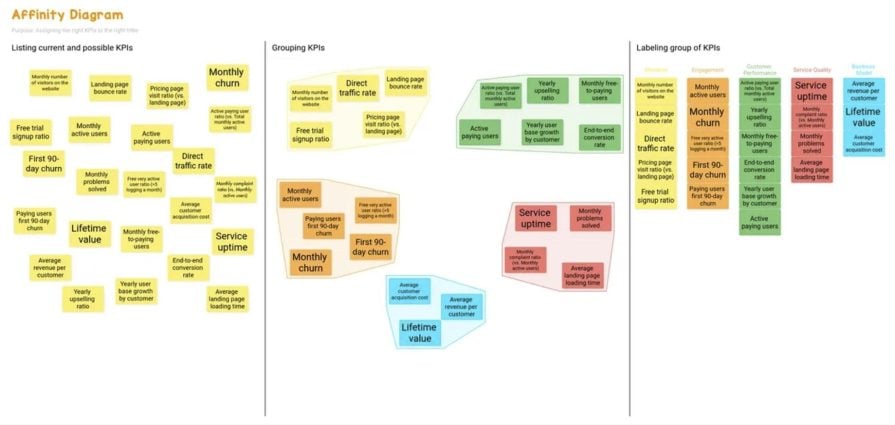
Don’t waste precious time grouping and coloring sticky notes together. Automate it and then just talk over the results. It might sound like a small win — it saves like, what, three minutes — but these savings add up.
Prompt 7: Affinity mapping
“Read through the following [format] (e.g. sticky notes). Remove duplicates and identify and name themes. Assign every item to a related theme. You can leave a few [format] without a theme, no need to forcefully assign everything.”
Instructing AI that not every sticky note/ticket/whatever needs to be assigned to a theme helps in preventing hallucinations.
Facilitating workshops is a demanding task, especially if it’s a lengthy one or if you lead multiple sessions every week.
It’s easy to get burned out in the middle of one. That’s why I always keep an AI agent or just ChatGPT on screen while facilitating.
Provide the context of the workshop and materials used, and ask it whenever you are stuck or unsure.
Prompt 8: Facilitation support example
“We’re 45 minutes into a brainstorming session, and energy is dropping. Suggest 3 quick energizer activities to re-engage the group (5 min each).”
Prompt 9: Facilitation support example
“Participants are stuck debating implementation details. Suggest a reframing question that brings focus back to user needs.”
Often, summarizing all the discussions and exercises from the workshop and translating them into actionable next steps takes more time than the workshop itself.
Let’s end that.
First, use AI notetakers during meetings to capture discussions and insights for you. Then, after the meeting, you can upload:
This lets ChatGPT or another AI tool do the heavy lifting of summarizing for you.
Prompt 10: Workshop summary
“I’ve just led a workshop on [objective]. Read through all attached materials and provide a clear summary, including key learnings and next steps.”
You might need some editing later on, but it still turns a three hour job into a 15-minute task.
Most people I know use AI in one way or another for workshops. Yet, they tend to limit themselves to a single part of the workshop lifecycle.
Some of them use it to help with their agenda. But for some reason, very few people use it consistently from the beginning to the end. I’m actually unsure why.
AI can help you:
By utilizing AI throughout all these steps, you can significantly enhance the effectiveness and efficiency of your workshop.
Featured image source: IconScout
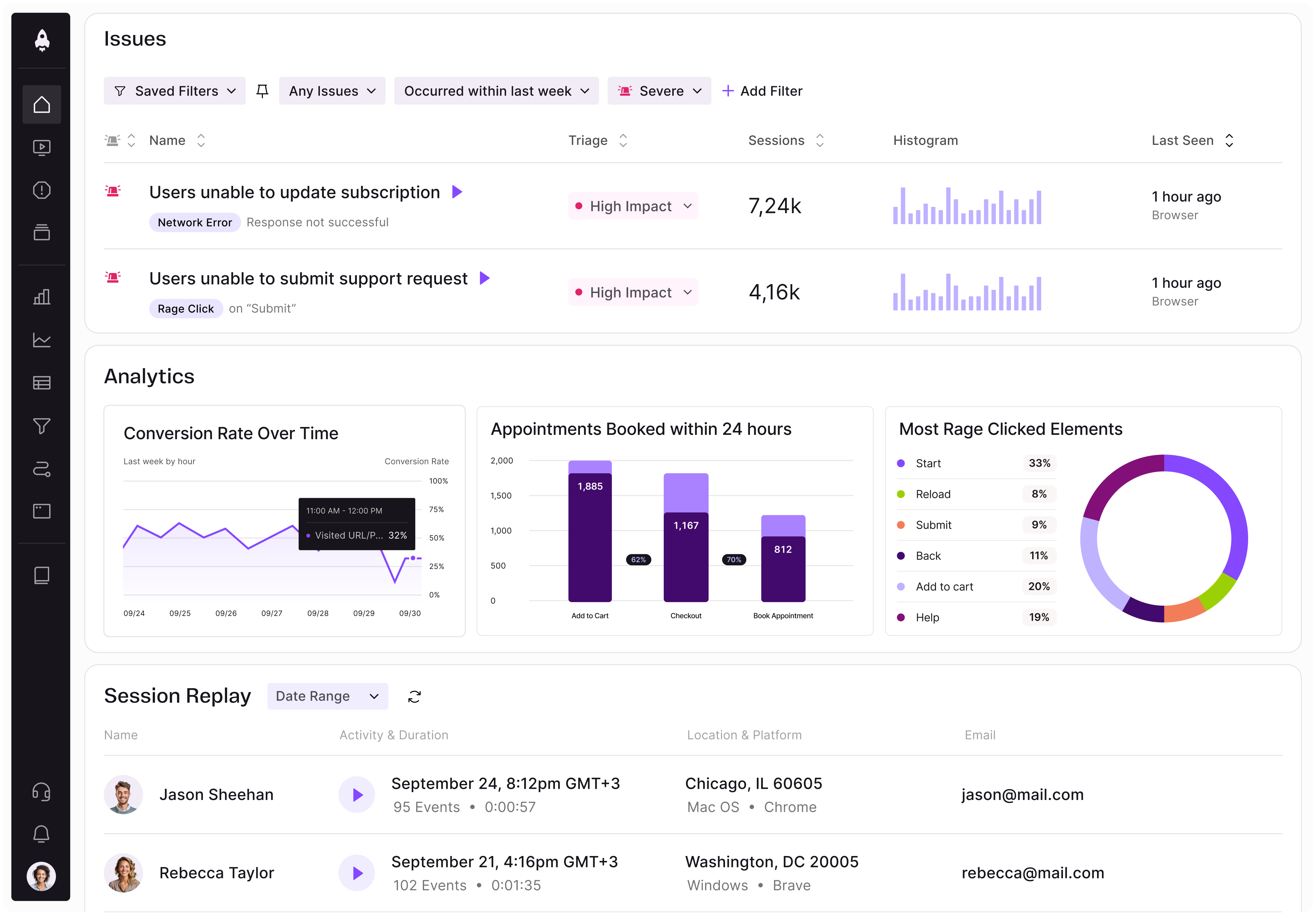
LogRocket identifies friction points in the user experience so you can make informed decisions about product and design changes that must happen to hit your goals.
With LogRocket, you can understand the scope of the issues affecting your product and prioritize the changes that need to be made. LogRocket simplifies workflows by allowing Engineering, Product, UX, and Design teams to work from the same data as you, eliminating any confusion about what needs to be done.
Get your teams on the same page — try LogRocket today.

Stop letting unreliable data block features. Treat data as inventory to track quality, ownership, and ship with confidence.
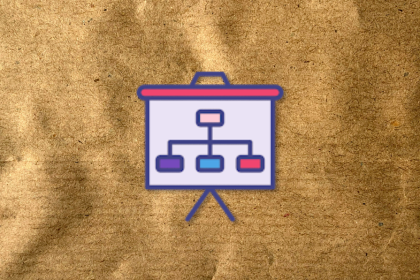
Learn why slide decks slow teams down and explore better tools like whiteboards, PRDs, and prototypes to improve collaboration and alignment.
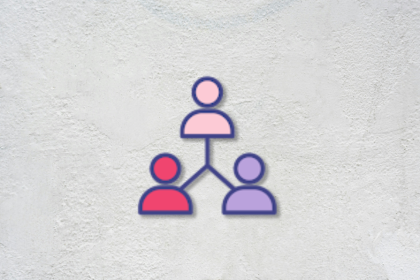
AI PM roles are evolving fast. Learn the five types of AI PMs, the skills they need, and how they shape AI products across industries.
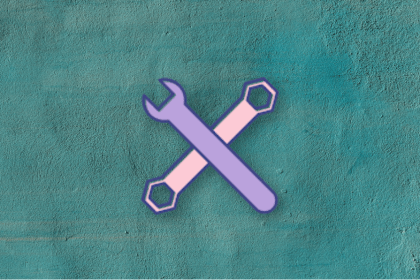
Learn how you can use AI agents to automate workflows, boost productivity, and choose the right tools while avoiding common pitfalls.